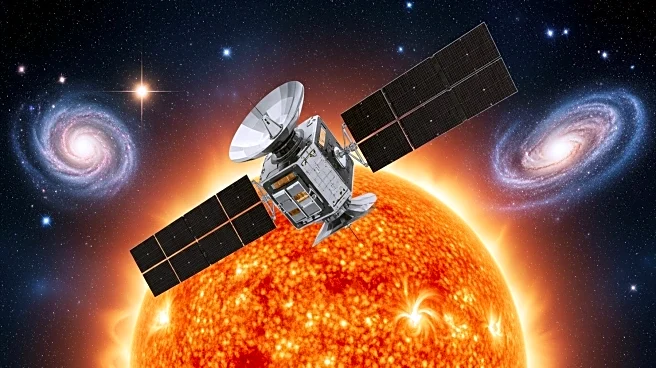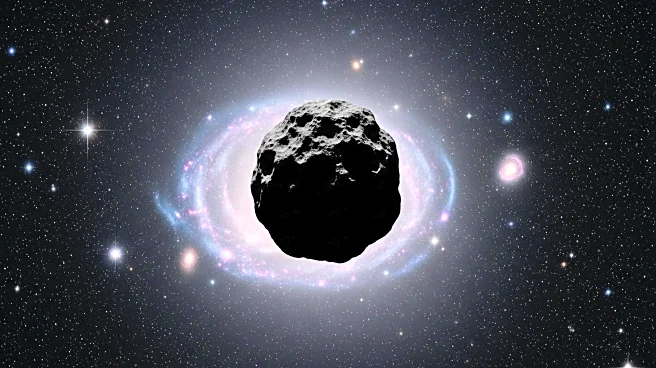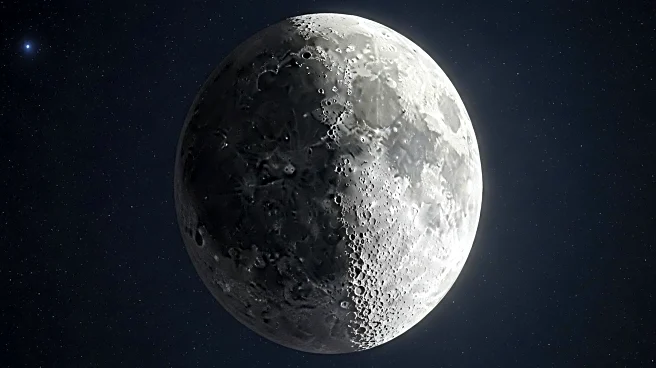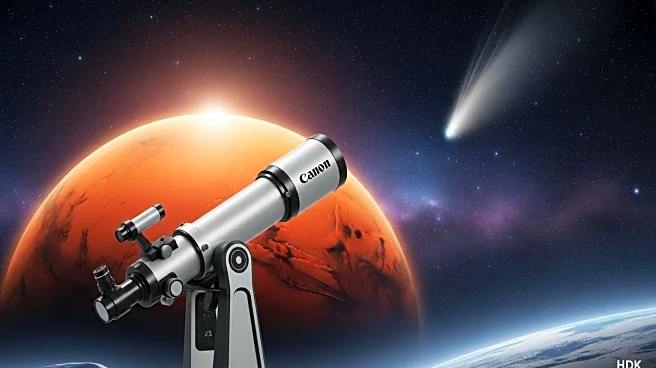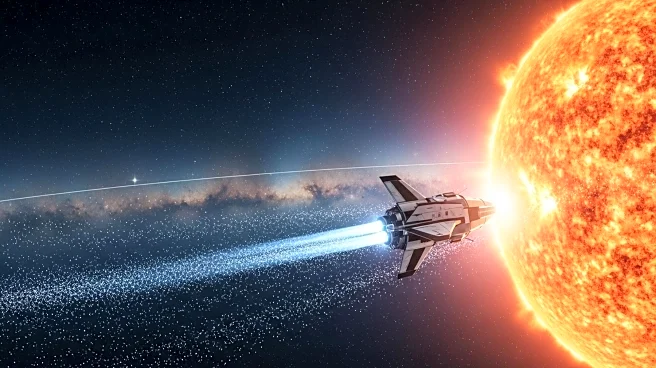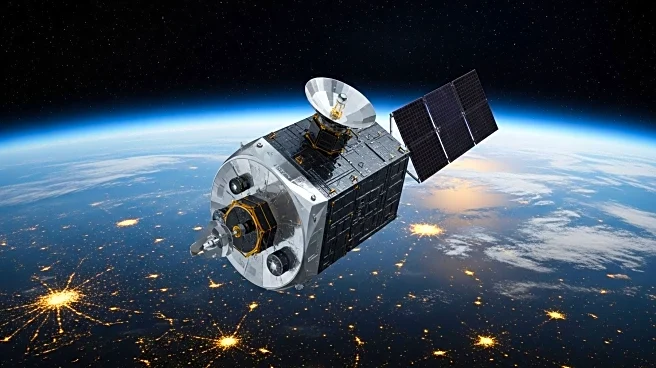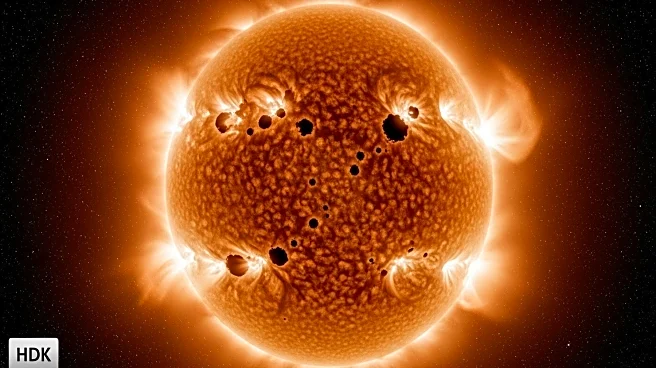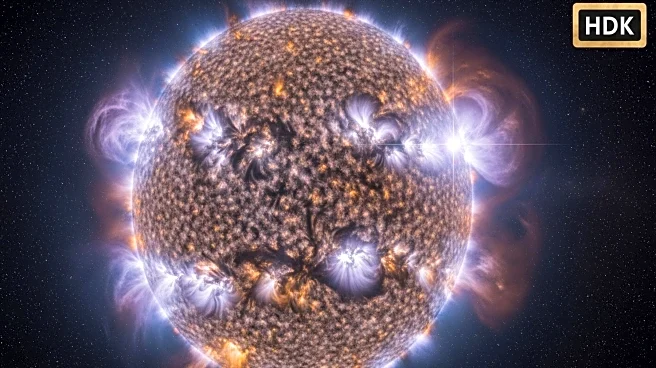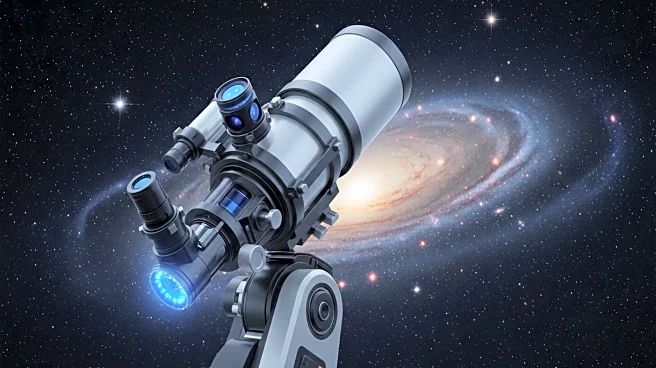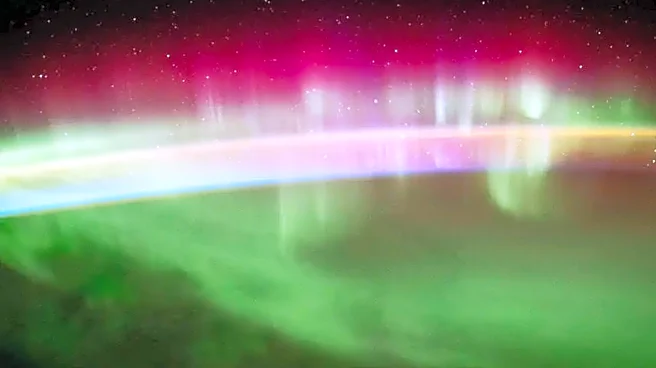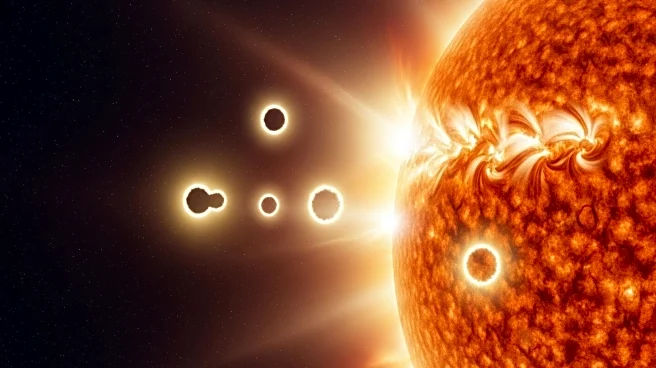What is the story about?
What's Happening?
NASA, in collaboration with the National Oceanic and Atmospheric Administration (NOAA), is preparing to launch three spacecraft to study the Sun's influence across the solar system. Scheduled for September 23, the missions include NASA's IMAP, Carruthers Geocorona Observatory, and NOAA's SWFO-L1. These spacecraft will travel to the Earth-Sun Lagrange point (L1) to observe the solar wind and space weather. The IMAP mission will focus on the heliosphere and the interaction of solar wind with interstellar space, while the Carruthers mission will study Earth's exosphere. SWFO-L1 will provide real-time space weather observations to protect satellites and infrastructure from solar activity.
Why It's Important?
Understanding the Sun's influence on space weather is crucial for protecting technology and infrastructure on Earth. The data from these missions will improve prediction capabilities for space weather impacts, such as power-line disruptions and satellite loss. By mapping the heliosphere and studying the exosphere, scientists can better understand Earth's habitability and the effects of solar activity. NOAA's SWFO-L1 mission will enhance space weather forecasting, providing critical data to safeguard national security and economic interests.
What's Next?
The successful launch and operation of these missions will provide valuable insights into the Sun's impact on the solar system. The data collected will help refine models and improve forecasting of space weather events. As these missions progress, they will contribute to a deeper understanding of the Sun's role in shaping the space environment, aiding in the development of strategies to mitigate space weather risks.
AI Generated Content
Do you find this article useful?
